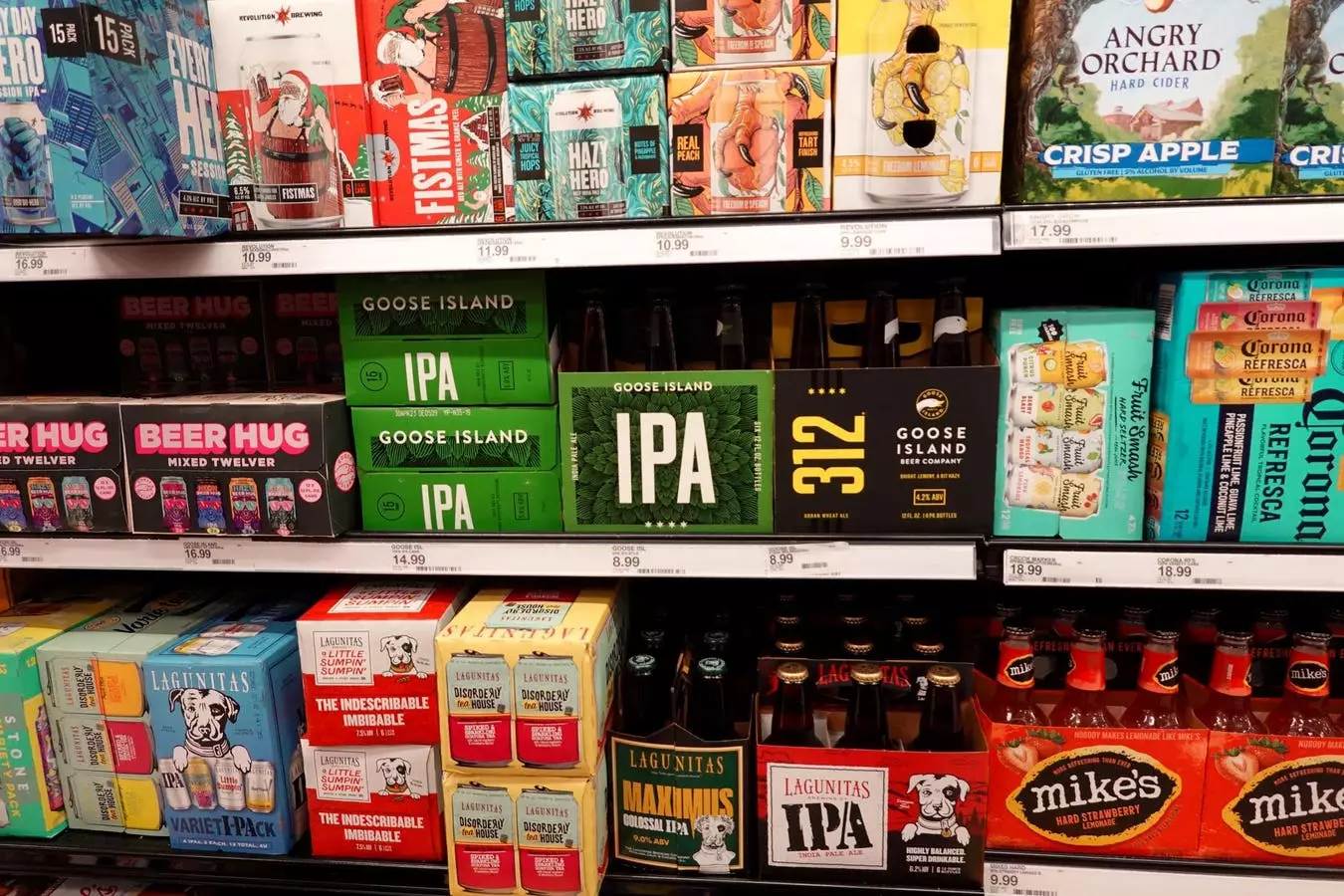As the political landscape in the United States transitions with the recent elections, a significant wave of uncertainty looms over industries, especially those heavily reliant on local trade and consumer behavior. Among those industries, the American beer market—particularly the craft brewery segment—stands at a crossroads. The potential for Donald Trump’s second term as president, bolstered by a Republican majority in the Senate and possibly in the House of Representatives, presents both opportunities and challenges that could dramatically shape the future for microbreweries nationwide.
In recent years, the craft beer sector has faced numerous hurdles: from shifts in consumer drinking habits to economic factors like inflation and global trade disputes. According to the Brewers Association (BA), beer production in the U.S. fell by 5.1% in 2023, with craft beer production declining by 1%. These declines reflect broader trends in consumer preferences, exacerbated by a complicated marketplace characterized by rising costs and fierce competition. With up to 9,906 operational breweries in 2023, the ongoing challenges are critical as 405 establishments closed their doors that year alone—an unsettling trend when compared to the rapid growth observed prior to the COVID-19 pandemic.
The economic ramifications of these fluctuations are severe, particularly for smaller, independently-owned breweries that often lack the resources to weather significant downturns. Moreover, the craft brewing sector must now navigate the unpredictable waters that accompany potential policy implementations proposed by Trump’s administration.
The Role of Tariffs and Trade Policies
One of the most pressing concerns among brewers is the possibility of increased tariffs on imported materials essential for production. During Trump’s initial term, he was a staunch advocate for protectionist trade policies, which often manifested in substantial tariffs on goods, most notably aluminum—a key component in beer packaging. When tariffs were first imposed in 2018, they were met with criticism from craft brewers who claimed it stifled growth and resulted in job losses, with reports suggesting that 40,000 job positions in the beer industry were at risk.
Following the recent elections, the brewing community remains on high alert due to Trump’s stated intention to escalate tariff actions against imports from China. The warning signs are clear: a further increase in tariffs could drive up the costs for aluminum cans and brewing equipment, crucial elements for sustaining production lines across the country. This could ultimately lead to passing higher costs to consumers, dampening overall sales even further.
Taxation Concerns and Economic Implications
In addition to prospective tariffs, uncertainty surrounding taxation also poses a serious threat to breweries. The Brewers Association has raised concerns regarding the potential expiration of tax deductions for pass-through entities, such as S corporations and partnerships, which may be a lifeline for many small breweries. Without these deductions, many could face steep tax hikes, specifically impacting their operational budgets.
Moreover, discussions about changes to income tax on employee tips could burden front-of-house staff at taprooms and bars, affecting their take-home pay. The prospect of the federal government implementing replacement taxes to recover an estimated $10 to $25 billion in lost revenue further complicates the situation for local brewers.
Another crucial aspect of the economic landscape that could be threatened under a new Trump administration is the funding of federal agencies responsible for overseeing the beer industry. Agencies like the Alcohol and Tobacco Tax and Trade Bureau (TTB) and the USDA Agricultural Research Service, essential for regulatory approvals and innovation in brewing, could see funding slashed. Such cuts would likely lead to bureaucratic delays for new beer labels and regulatory approval for innovative brewing practices, slowing down an industrious sector that thrives on creativity and agility.
Opportunities Amidst Challenges
While the potential for heightened tariffs on imports presents challenges, there might be a silver lining for domestic brewers. A shift away from imported beers, particularly from Mexico, could drive consumers back to local options, potentially reversing some sales declines. However, any such gains would need to be carefully managed against the backdrop of rising operational costs and consumer price sensitivity.
As the craft beer industry looks toward the future, it must brace itself for the possibilities that come with the unpredictable climate of political change. It remains to be seen how these dynamics will unfold; however, one thing is clear: the pathway forward is fraught with challenges that will require adaptation, resilience, and perhaps, innovative responses to thrive in an ever-evolving landscape.


Leave a Reply